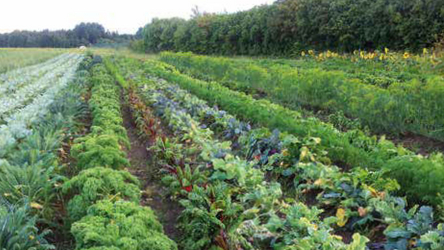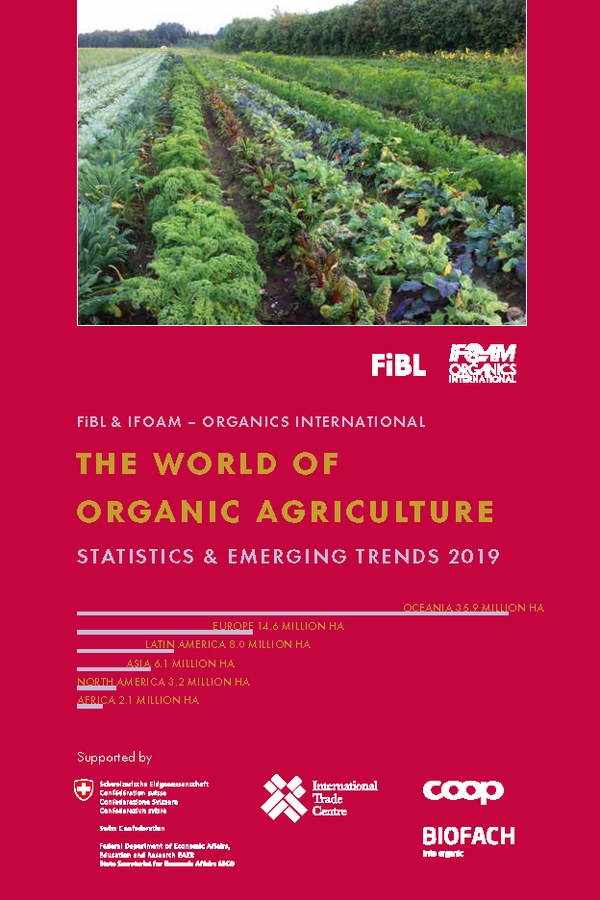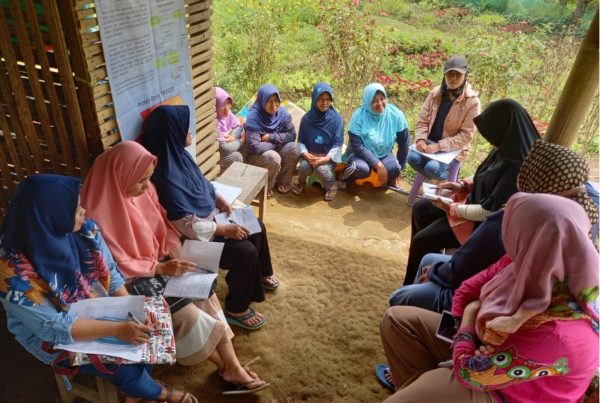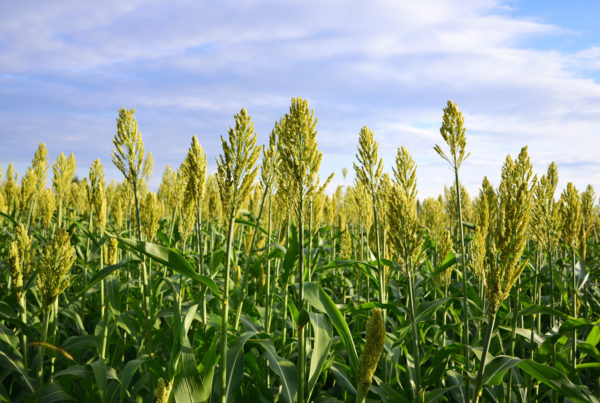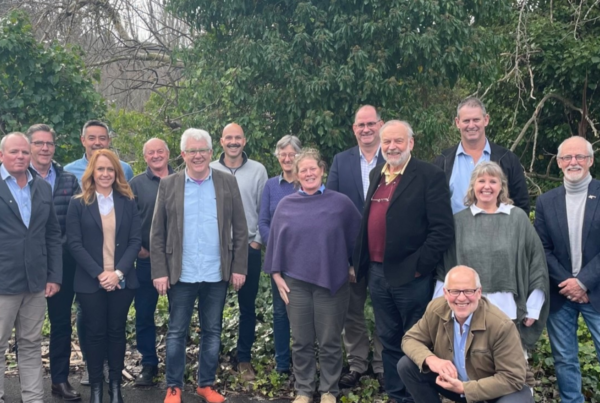The 20th edition of the study “The World of Organic Agriculture” published by the Research Institute of Organic Agriculture (FiBL) and IFOAM – Organics International shows a continuation of the positive trend seen in past years.
Publication Overview
Each year, the Research Institute of Organic Agriculture (FiBL) and IFOAM – Organics International publishes a comprehensive review of recent developments in global organic agriculture. This publication includes contributions from representatives of the organic sector from around the world and presents detailed statistics covering: land area under organic management, types of land use in organic systems, the number of organic farms, global market data for organic food, information on organic standards, policies, and regulations, and insights into current and emerging sector trends. It also contains an article about organic cotton from the Textile Exchange and reports on the organic sector in Australia, Canada, the Pacific Islands, the United States of America, and select countries in Asia.
The 2019 edition contains the most recent global organic data dating from 2017 and marks the 20th anniversary of the publication. To celebrate this anniversary edition, milestone lists have been included for each region, the global market, public standards, PGS, organic policy development, and the global organic movement. From 77 countries in 1999 to 181 in 2017, the statistics book has more than doubled country data on its pages, making this year’s publication the most comprehensive it has ever been.
Organic Farmland – what does the data tell us?
In 2017, organic land area increased on all continents where data is collected. At the end of the year, a total of 69.8 million hectares of land were organically farmed. This figure represents a twenty percent growth – the largest ever recorded – over 2016 numbers. While the increase is astonishing, it only brings the world’s total organic farmland percentage to a paltry 1.4 percent. Of that, only 14 countries reported that 10 percent or more of their land is currently under organic management.
Which country has the most organic land area?
Australia comes in at number one with 35.6 million hectares of organic agricultural land, followed by Argentina with 3.4 million hectares, and China with 3 million hectares. Australia’s large swath of organic farmland means that half of the global area under organic management is currently situated with Oceania (35.9 million). Europe has the second largest area of organic land at 21 percent / 14.6 million hectares, followed by Latin America at 11.5 percent / 8 million hectares.
From the graph pictured here, it is possible to see that Oceania has increased its organic agricultural area by over 12 percent in just one year. While Oceania and Europe have seen significant strides in the amount of agricultural land classified as organic, Africa, North America, and Latin American figures have remained relatively unchanged over a 10 year period, staying at or well below 8 percent.
It should be noted that Liechtenstein, Samoa, and Austria – while they may not have the largest number of hectares under organic management – nevertheless have the highest ratio of organic farmland to non-organic farmland within their borders. A whopping 37.9 percent of Liechtenstein’s total farmland is classified as organic. In Samoa, this figure sits at 37.6 and in Austria, it is 24 percent.
How is the world’s organic land used?
69 percent, or 48.2 million hectares, of the world’s organic land is used as grassland. In contrast, only 17 percent, or 12.1 million hectares, of the world’s organic agricultural land is arable. Both figures represent a double-digit gain over 2016, nearly 27 and 11.7 percent, respectively.
7 percent, or 4.9 million hectares of land, of the world’s organic land is classified as permanent cropland. This cropland is utilized to primarily grow coffee, olives, nuts, coconut, and grapes.
Organic wild collection areas constitute 41.0 million hectares of land and are situated predominantly within Europe (Finland) and Africa (Tanzania and Zambia). In contrast, the majority of the world’s organic grassland is situated within Australia.
Organic Producers – who and where are they?
For individual countries, large swaths of the organic land area do not necessarily correlate to large numbers of organic producers. In fact, Oceania does not feature in the top ten list of countries with the largest number of producers. Instead, India tops this list, as it did in 2016, with nearly 835,000 organic producers. India is followed by Uganda with 210,352 producers, Mexico with 210,000 producers, and Ethiopia with 203,602 producers.
Around the world, reports indicate that there are a total of 2.9 million organic producers, representing a 5 percent increase in numbers since 2016!
What about the money?
In 2017, many of the world’s major organic markets showed double-digit growth and the global organic market was estimated to be worth approximately 90 billion Euros.
At 40 billion and 10 billion Euros, respectively, the United States of America and Germany had the largest markets for organic food in 2017. Notably, the French organic market grew by 18 percent and is now worth 7.9 billion Euro. Retail sales for organic food were the highest in the United States of America at 43 billion Euros and Europe at 37.3 billion Euros. China sits in third.
The Swiss spent the most on organic food at 288 Euros per capita. They are followed by the Danish at 278 Euros per capita and the Swedish at 237 Euros per capita. Interestingly, USA citizens only spent 122 Euros per capita on organic products, although their country has the largest organic market.
Publication Details
The World of Organic Agriculture: Statistics and Emerging Trends 2019 was produced with the support of the International Trade Centre (ITC), the Swiss State Secretariat for Economic Affairs (SECO), the Sustainability Fund of Coop, and NürnbergMesse. The views expressed herein can in no way be taken to reflect the official opinions of ITC, SECO, or the NürnbergMesse.
Affiliates of IFOAM – Organics International can order the book at a reduced price. Get in touch with us:
headoffice@ifoam.bio
+49 (0)228 926 50-10 and +49 (0)228 926 50-10
In the previous blog posts, you’ll find personal stories from farmers and updates from organic projects working on the ground to build change. Check them out!


